FREE Uber Tax Info Pack
FREE 5-Day Email Course to learn the ATO’s Uber tax rules
FREE Uber Expense Spreadsheet so you never miss a deduction
FREE Uber Logbook Spreadsheet to claim your car expenses
FREE ABN & GST Registration (if you need it!)
FREE Uber Tax Info Pack
> FREE 5-Day ‘Uber Tax Essentials’ eCourse
> FREE Uber Bookkeeping Spreadsheet
> FREE Uber Logbook Spreadsheet
> FREE ABN & GST Registration
Tax for Uber CarShare, Turo and Car Sharing
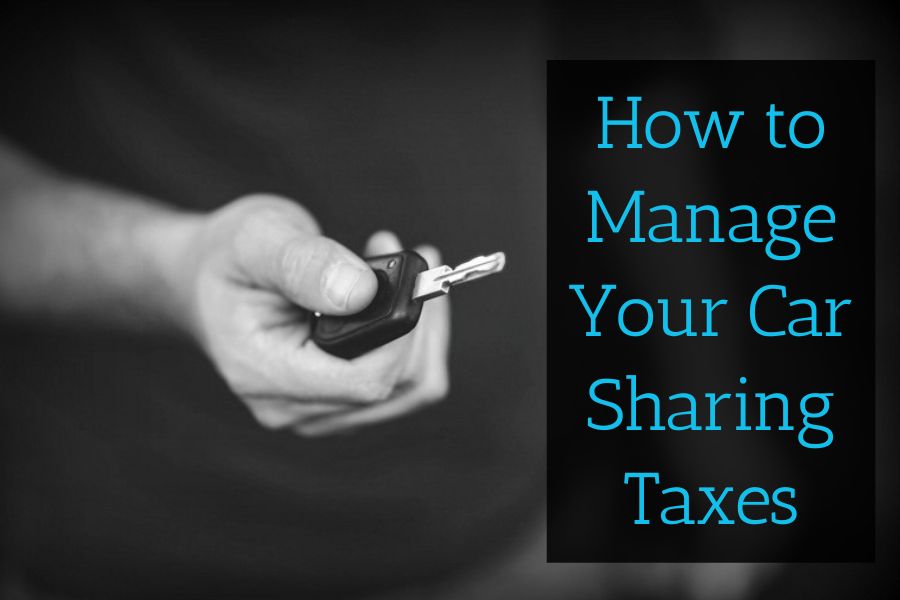
Updated 28th of June 2024
Car sharing platforms like Uber CarShare, Turo and DriveMyCar are a brilliant way for car owners to make passive income, but car sharing taxes can be tricky.
It’s easy to assume that car sharing is taxed as a business activity. But actually, the ATO classifies car sharing as passive income just like a rental property or investment income. This means that business tax rules & concessions, such as the small business depreciation write-offs, don’t apply to car sharing.
This different tax treatment is especially important for the many car share owners who do both Uber CarShare and UberX or UberEats, because it means navigating two different tax systems for your one vehicle.
In this article I’ll explain the key points you need to know about car sharing taxes, including whether you need an ABN for car sharing, how tax on car sharing is calculated, what tax deductions you can claim for car sharing, and how to keep a car sharing logbook.
Please note: the information in this article is only applicable if you share one or two vehicles, which the ATO classes as a passive activity. If you share three or more vehicles, the ATO may consider you to be running a business, which comes with different tax rules. At DriveTax we keep a narrow focus on our niche of rideshare, delivery, and passive car sharing. This means we don’t service clients who are car-sharing as a business, because our processes and pricing are not suitable for the additional complexities. So if you have three or more car sharing vehicles, I recommend seeking out an accountant in your local area with whom you can chat in more detail. Any small business accountant will be able to help.
Is Income From Car Sharing Taxable?
Yes, you must declare your car sharing income and expenses your tax return, and you must pay income tax on your profits from car sharing. All the major car sharing platforms are required to report your income to the ATO, so if the ATO don’t see it declared in your return they’re sure to chase you up on it.
Your car sharing profits are added to your taxable income and taxed at your marginal tax rate. Your marginal tax rate depends on your other taxable income from employment, business income, investments and so on, so it’s important to check ahead of time and see what tax rate you’ll be paying on your profits. Depending on how much you expect to earn from car sharing, you may need to put aside a portion of your profits to cover your end-of-year tax bill.
If you make a loss from car sharing (i.e. your expenses are larger than your income), you can claim that loss as a tax deduction against your employee and other taxable income. As a side note, you may have heard of the $20,000 income threshold for small businesses who want to claim a deduction for their business losses, but this doesn’t apply to car sharing, which isn’t classed as business income. This means that if you make any loss from car sharing, you will always be able to claim a deduction for it, regardless of how much your gross income wass.
When it comes time to prepare your end-of-year tax return, car sharing income is declared as Other Income (Item 24), and expenses are declared as Other Expenses (Item D15). In MyTax, on the Personalise Return screen, you’ll need to select ‘You had other income not listed above (including employee share schemes)’, and also ‘Other Deductions’.
Alternatively, consider having your tax return lodged by DriveTax. We specialise in tax returns for rideshare, delivery and car sharing, and we know exactly how to maximise your car sharing tax deductions and minimise your tax bill. Our Express Tax service, priced at $285, and includes your employee income and expenses, rideshare/delivery/car sharing income and expenses, and basic investment income. Every tax return is prepared by Uber tax expert Jess Murray CPA, so you can be sure you’re getting the best possible result. Visit our Express Tax information page for more information.
Do I Need An ABN For Car Sharing?
No, the ATO does not consider car sharing to be a business, they see it as a passive income stream, similar to a rental property or owning financial investments. This means that you don’t need an ABN to do car sharing. If you already have an ABN, note that your car sharing income and expenses are completely separate to your ABN and must not be mixed in with your ABN income and expenses. More on this below.
Do I Have To Pay GST On Car Sharing Income?
Likewise, you do not need to register for GST or pay GST on your car sharing income, and you cannot claim GST on your car sharing expenses.
This holds true even if you earn over $75,000. The $75,000 rule for GST only applies to business income, and car sharing is not business income, so it doesn’t count toward that threshold.
For example, let’s say you do UberEats food delivery and earn $60,000 per year, and you also do Uber CarShare and earn $20,000, giving a total income of $80,000. You do not have to register for GST, because the CarShare income does not count towards the $75,000 GST registration threshold.
What Expenses Can I Claim For Car Sharing?
To claim a deduction for your car’s running costs, you have two methods to choose from:
- Logbook Method – if you want to claim your car’s running costs, you must first keep an ATO-compliant 12-week logbook (more on logbooks below). Once you have kept your logbook and calculated your official logbook percentage, you can claim a tax deduction for that percentage of your car’s running costs, such as fuel, rego, insurance, repairs, servicing, cleaning, car accessories, loan interest and depreciation (more on depreciation below too). If your car is an EV there are specific rules for claiming electricity, you can find them in our post on Claiming an EV for Uber (the same rules apply to car sharing).
- Cents Per Km Method – as an alternative to the logbook method, the ATO also gives us the cents per kilometre method as an easier way to claim a deduction for your car expenses. For the 2024 financial year you can claim up to 5,000km per vehicle per year at 85 cents per km, giving a maximum claim of $4,250. For the 2025 financial year the rate increases to 88 cents per km x 5,000km = $4,440. If you use this method, you don’t need to keep receipts or records of your car expenses and you don’t need to keep a 12-week logbook. Instead, you’ll just estimate your car sharing kms at the end of the financial year, and claim a deduction at the ATO’s official rate. This usually gives a lower tax deduction than the logbook method, but it’s much less work. We always recommend keeping a logbook so that come tax time you have the choice of both methods. But if you’re sure that you’ll only do a small amount of car sharing, or if simplicity is important to you, then the cents per km method might suit you better.
In addition to your car running costs, here are some other common tax deductions for car sharing:
- Membership Fees, Availability Fees, and other Platform Fees
- Accounting Fees
- Computer Expenses
- Fees, Licences, Permits
- First Aid Kit
- Home Internet (claim a small % of your monthly bill for time spent managing your car share)
- Mobile Phone (claim a small % of your monthly bill for time spent managing your car share)
- Renter Amenities (e.g. tissues)
- Stationery
- Tolls incurred by renters
It’s common to receive reimbursements from your renters for certain expenses, such as fuel and tolls. In these cases, the ATO requires you to declare the two sides of this equation separately, rather than net them out. You’ll claim the expenses in the expenses section of your tax return, and also declare the reimbursement payment you received from the renter as income. The two will cancel each other out, and your net tax impact is $0, which aligns with the net $0 cost out of your pocket.
You must have receipts or records for all expenses you wish to claim. They can be paper receipts, digital receipts, photos of receipts, or bank statement records where the nature of the purchase is clear (e.g. insurance payments, mechanics bills). The ATO requires you to keep all receipts for five years, so file them away somewhere safe.
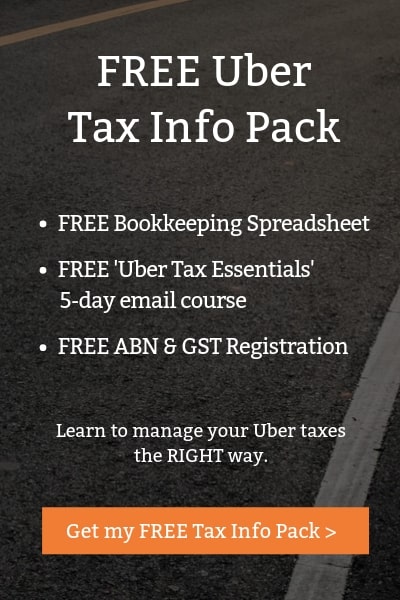
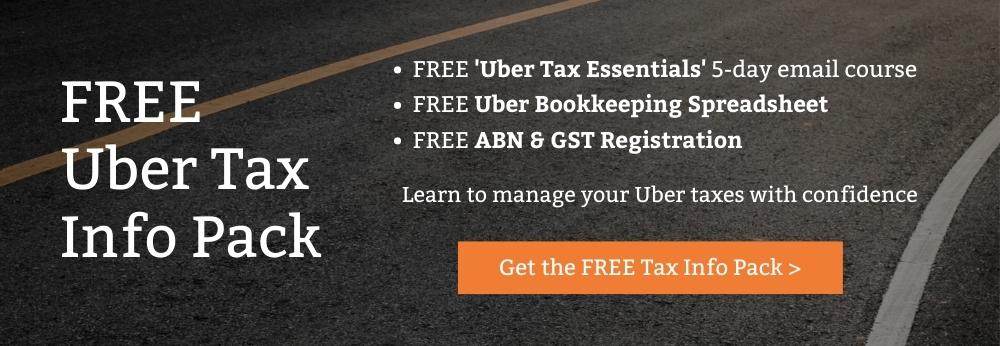
How To Keep A Logbook For Car Sharing
If you want to claim a tax deduction for your car’s running costs, you MUST have a valid logbook.
Your logbook must go for 12 weeks, and it must include the odometer reading at the start and end of each car sharing rental. So for example if your car is rented for a one-week period, you’ll record the start date and starting odometer at the time the renter picks up the car, and then the end date and ending odometer when they drop the car back off to you. Your logbook can also include other trips that are directly related to car sharing, such as taking the car for servicing, inspections, or to top up fuel. You don’t have to enter private use trips in your logbook, you only need to include car sharing-related trips.
Your car rental platform may already require you to track odometer readings, so you may be tempted to just rely on those records. We don’t advise this, as there may be differences between their records and the ATO’s requirements, so it’s always safer to keep a dedicated ATO logbook. But if you do want to rely on your car share platform records, you should first check carefully to make sure the records meet the ATO’s requirements (start date, end date, start odometer, end odometer, correct records of other tax-deductible travel etc), otherwise you may be caught out at the end of the financial year and unable to claim your car expenses.
Once you’ve completed your logbook, you’ll be able to calculate your logbook percentage. You can then claim a tax deduction for this percentage of all of your car’s running costs, including fuel, insurance, rego, servicing, repairs and cleaning. As long as your pattern of usage doesn’t change significantly (our rule of thumb is +/-10%) then your logbook can remain valid for up to five years.
Here are a few other common scenarios to look out for:
- If you start doing car sharing less than 12 weeks before 30 June that’s okay. As long as the first logbook entry is on or before 30 June, you can use it for that financial year. You’ll just need to wait until your 12 weeks is complete before you can lodge your tax return.
- If you already have an existing logbook for your car, it will become invalid when you start car sharing, simply because starting car sharing is a significant change to your pattern of usage. This means when you first start car sharing, you will always have to start a new logbook.
- If you also use your car for another tax-deductible purpose as well, such as employee travel, rideshare or food delivery, it is critical that you keep all of these records in one logbook, and clearly annotate which business activity each one is for. This is because your tax deductions for car sharing are completely separate from your deductions for employment or rideshare/delivery, so we need separate logbook percentages for each activity. So for example, you keep a logbook for 12 weeks, and you end up with 3,000 car sharing kms, 6,000 rideshare kms, and 1,000 personal kms. This means you can claim 30% of your car expenses in the car sharing section of your tax return and 60% of your car expenses in the business schedule of your tax return.
- If you own multiple cars that are used for tax-deductible purposes, you must keep separate logbooks for each vehicle, and they must all cover the same 12-week period. This might mean that when you start doing car sharing you have to also start a new logbook for your other tax-deductible car at the same time.
Visit this article on our blog for more detail about the ATO’s rules on Keeping A Logbook For Uber.
Buying A Car For Car Sharing
You may have heard of the Temporary Full Expensing Write-Off or the Instant Asset Write-Off for small businesses. These write-offs are NOT available for car share vehicles. They are only for businesses, and car sharing is not classed as a business.
Instead, the only option for claiming a car that was purchased for car sharing is the 25% diminishing value method, with a pro-rata adjustment in the first year based on the date of purchase. Here’s how it works. Let’s say you purchase a car costing $30,000 on the 1st of April:
- Year 1 – 25% of $30,000 x 91/365 days = $1,870 deduction this year. Remaining balance $28,130
- Year 2 – 25% of the remaining balance of $28,130 = $7,033 deduction this year. New remaining balance = $21,097
- Year 3 – 25% of the remaining balance of $21,097 = $5,274 deduction this year. New remaining balance = $15,823
- Year 4 – 25% of the remaining balance of $15,823 = $3,956 deduction this year. New remaining balance = $11,867
- … and so on indefinitely
Your logbook percentage would then be applied to these deductions.
Note that if you do both car sharing and rideshare/delivery, your depreciation deduction may get tricky. For example if you bought a car costing under $20,000, and your logbook turned out as 30% car sharing, 60% rideshare and 10% private use, then you would claim 30% of the cost of the car using the 25% diminishing value method above, and 60% written off under the Instant Asset Write Off. This can be messy to enter into the tax return, so if this applies to you, consider having your tax return prepared by DriveTax or another tax agent.
The other thing to keep in mind is the ATO’s Car Cost Limit. This sets the maximum amount that you can claim on the purchase of any car. If your car purchase cost is more than the relevant limit, then you can only claim up to the limit. The rest of your car purchase cost is not deductible. Here are the limits:
- 2023-2024: Car cost limit = $68,108 x your logbook %.
- 2024-2025: Car cost limit = $69,674 x your logbook %.
If you bought your car in a previous financial year and owned it for a while before you started using it for car sharing, you can still claim depreciation based on its ‘written down value’ at the time you started car sharing. The calculation for this is more complicated than what I can explain here, so this is another scenario where we recommend having your tax return prepared by DriveTax or another tax agent who can do the calculation for you.
What If I Do Rideshare Or Delivery AND Car Sharing?
Rideshare and delivery income is reported in a completely separate section of your tax return to your car sharing income. This means that if you do both car sharing and rideshare/delivery (or any other business activity), you must keep your car sharing income and expense records completely separate to your other business income and expenses. You’ll also need to calculate two separate logbook percentages, as discussed in the logbook section above.
If you’re using the DriveTax Uber Spreadsheet, make sure that you do not include your car sharing income and expenses in your rideshare/delivery spreadsheet. This is especially important for rideshare drivers, as you do not need to pay GST on your car sharing income, and cannot claim GST on your expenses.
If you like to be thorough with your record-keeping, you may like to download a separate copy of the DriveTax spreadsheet just for your car sharing income and expenses. You would record your car sharing income in the lower half of the orange section under Other Income. Then for your car sharing expenses, enter all of your total car expenses for the year in the green section and enter your car sharing logbook percentage in the red cells above. (Yes, this means double-entering your car expenses, once in your rideshare/delivery spreadsheet and once in your car sharing spreadsheet). Your other car sharing expenses such as platform fees/commissions can also be entered in the green section.
Alternatively, if you prefer the most efficient record-keeping possible, you can skip recording your car expenses since you’ll already have them in your rideshare/delivery records, rely on your Uber CarShare/Turo/other platform statements for records of your income and platform fees/commissions, and just keep a simple listing of your other car sharing expenses.
What Next?
For more detail on managing your car sharing taxes, visit these links:
- Track your expenses and keep a logbook with the DriveTax Uber Spreadsheet Go >
- For more on how to keep a logbook for Uber, visit our in-depth article Go >
- If you want to lodge your tax return through a tax agent, head to the DriveTax Express Tax form Go >
- If you want to lodge your own Uber tax return, check out the Understanding Uber Taxes online course for a full video tutorial Go >
Questions? Thoughts? Pop them in the comments below and I’ll get right back to you!
Safe driving! – Jess

About the Author – Jess Murray CPA – Uber Accountant
Jess Murray is a CPA Accountant and registered tax agent. She’s been working in personal and small business tax for 15 years, and has been specialising in tax for Australian Uber Drivers for the last 7 years as the Director of DriveTax. She also teaches an online course called Understanding Uber Taxes.
Jess is on a mission to make taxes straightforward and manageable for Uber drivers across Australia.
The information in this article is general in nature and does not take into account your personal circumstances. If you’d like to know how this article applies to you, please contact us to arrange a consultation, or talk to your accountant.


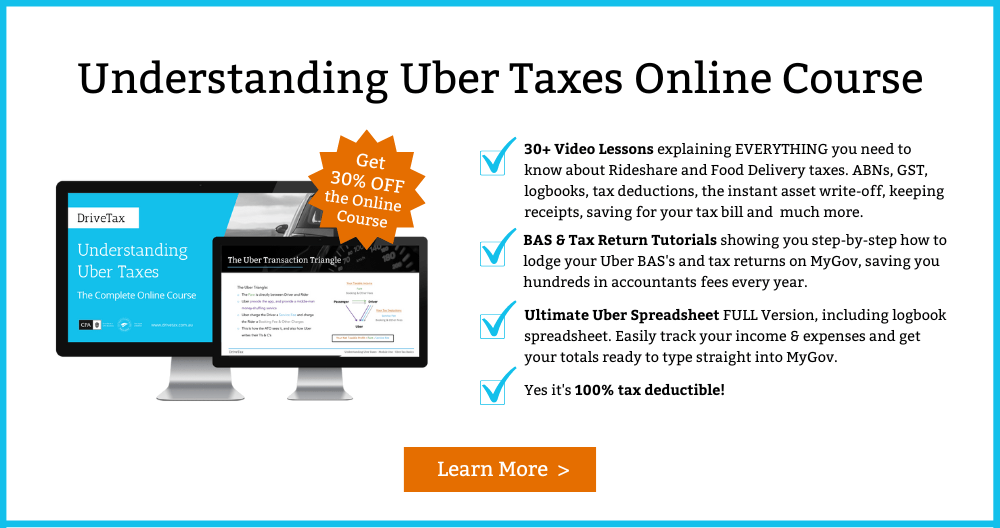
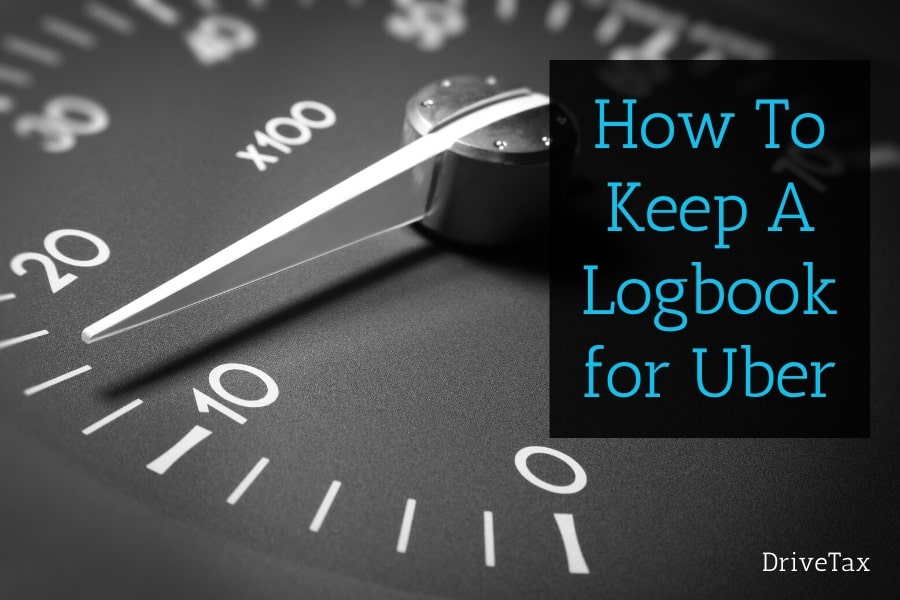
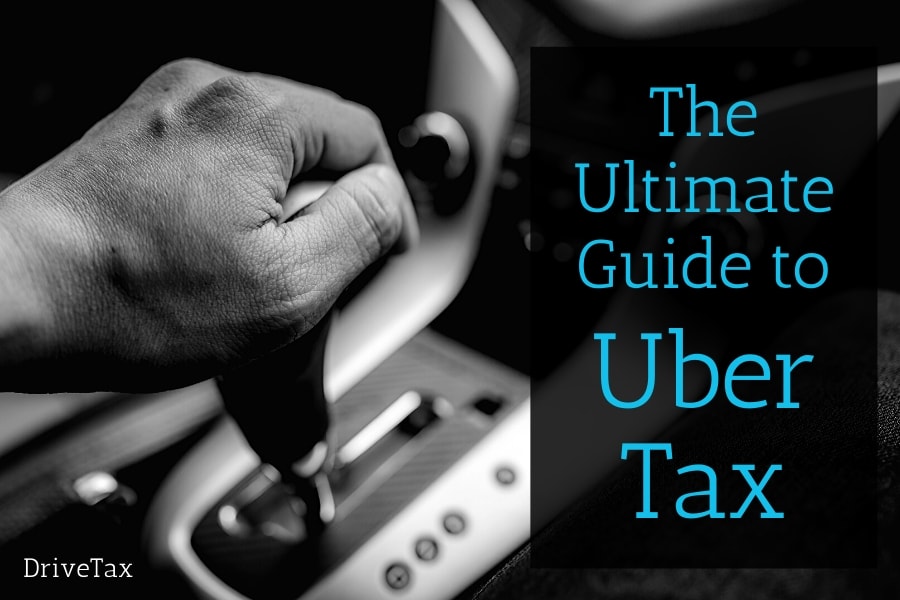
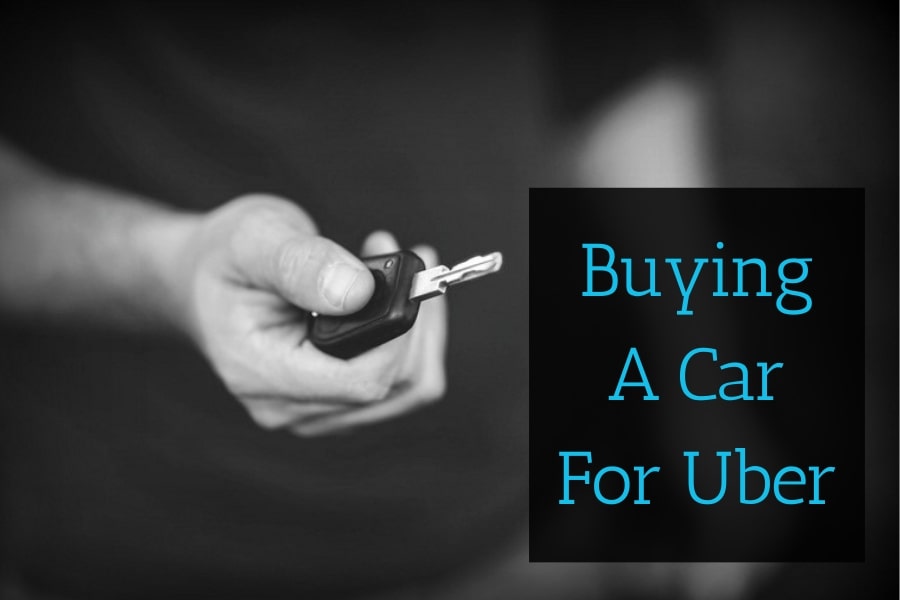
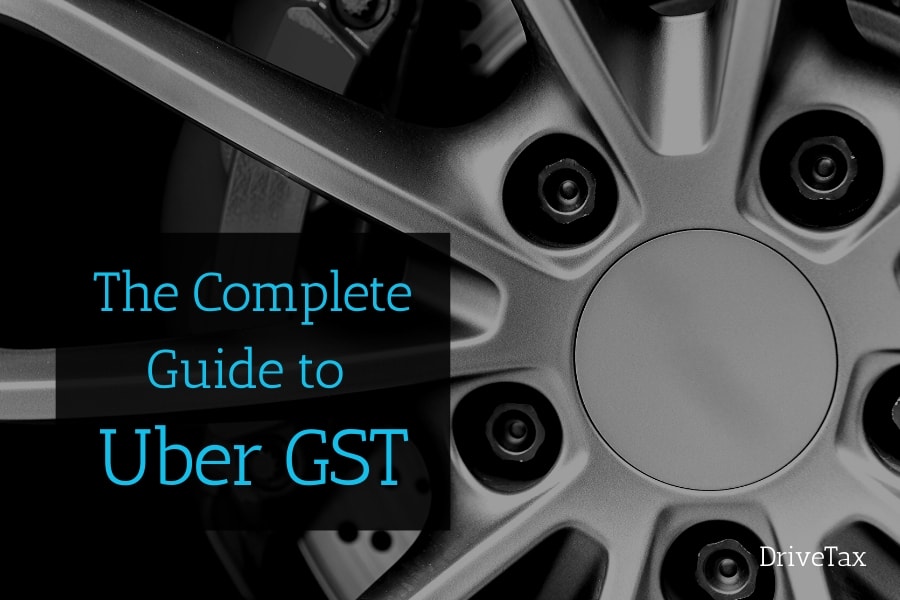
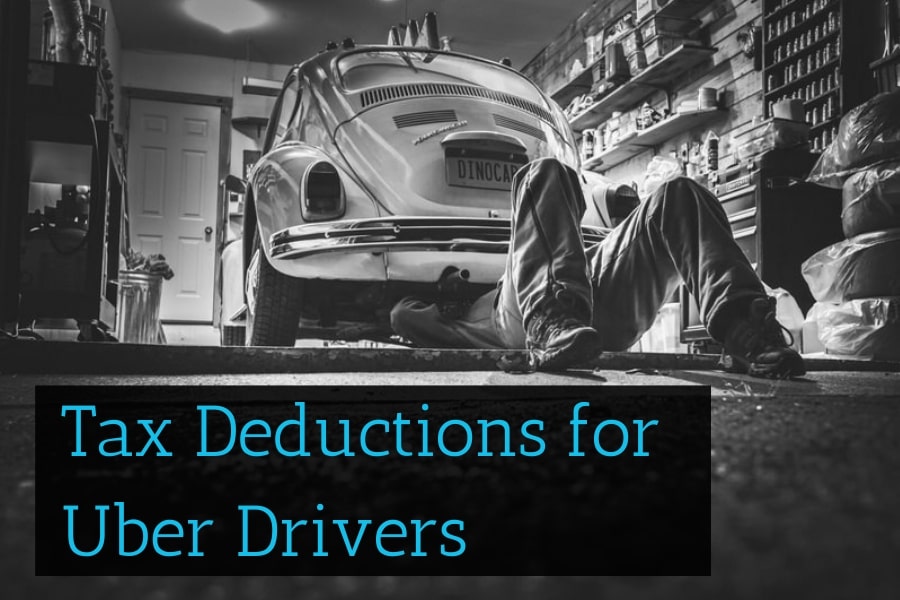
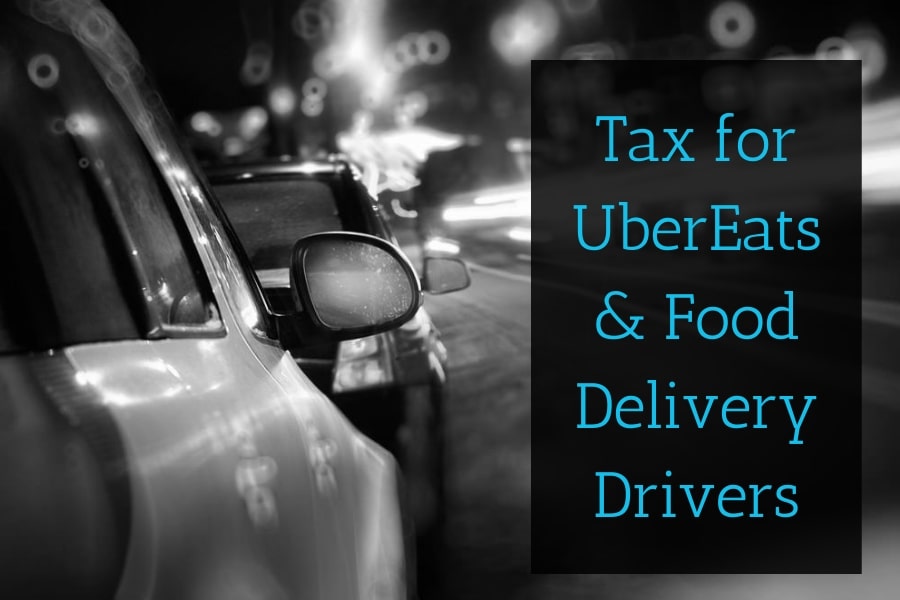
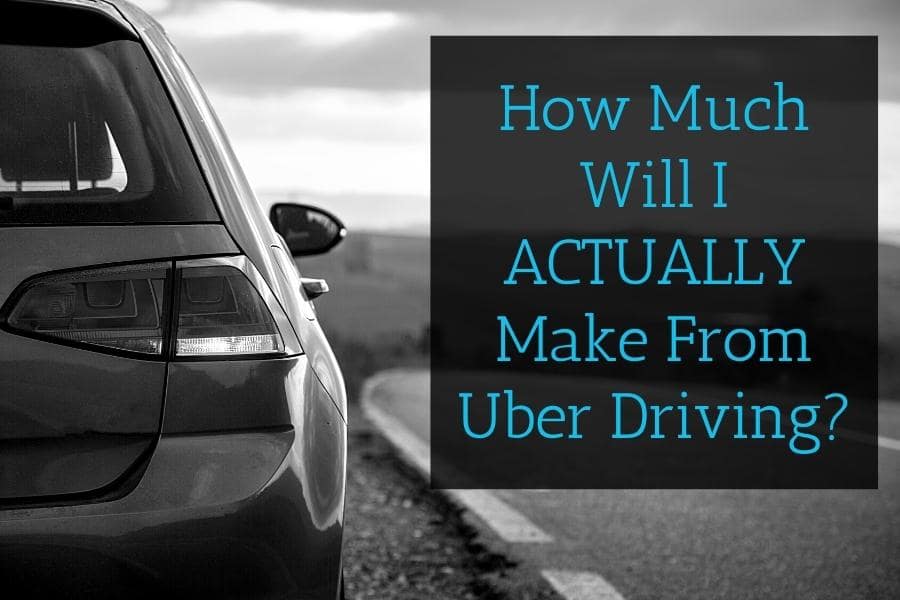
Hi Jess, this seems contrary to this ATO community thread which seems to suggest the ATO does view car sharing as “a business activity”: https://community.ato.gov.au/s/question/a0J9s000000PxDQ/p00213379
Could you clarify where the ATO references it “does not consider car sharing to be a business, they see it as a passive income stream, similar to a rental property or owning financial investments.” please?
Hi Ken, the ATO cannot possibly have made a determination of whether this person is running a business or not based on the information provided, so I don’t believe the ATO blogger is correct in this case. To be considered to be running a business, you would need to have a brand name, own multiple vehicles, advertise direct to customers, and various other indicators of running in a business-like manner. If you just have one or two cars that you have placed on a car-sharing platform, then that is not a business, it is passive income. This is a very grey area of tax, so if you have multiple vehicles and/or you are undertaking some business-like activities such as advertising direct to customers or taking direct rental booking from customers, then you should seek personalised tax advice. – Jess
Hi there,
Thank you for providing clarity around this. I have a question hopefully you can answer.
1 – I’m looking to buy a van to use on a Uber car share app for 5–7 days a week. The van costs $23k would I just depreciate this amount as you explained above?
2 – If I use the van for Airtasker as well say 1-2 days a week for delivery services how would I claim tax on this?
I’m very interested to know and I would probably use your platform to sort this out for my tax purposes as well.
Awaiting your response
Thank you
Hi Scott, this will be a tricky situation because the ATO considers Airtasker to be a business activity and Car Sharing is not. This means they are reported in two separate sections of yoru tax return, and your tax deductions must be separated accordingly. Your logbook will need to calculate three percentages, the Airtasker/business percentage, the Car Sharing percentage, and the personal use percentage. Then all your car expenses must be split accordingly, the Airtasker % of expenses claimed in the business section of the tax return, and the Car Sharing % of expenses claimed in the Other Income and Other Expenses sections of your tax return. You will also need two separate depreciation calculations, for Airtasker you can use the 15%/30% small business depreciation method to the 25% traditional depreciation method, while for Car Sharing you can only use the 25% traditional depreciation method. It’s all quite complex, so I would defintiely recommend having DriveTax or another tax agent prepare your tax return this year. – Jess
So, if a student visa holder , which have a restricted working hours (48h/week) want do a car share like uber car share, it will not affected the working hours right? So the student can work 48h/ week and got income from the car that they rent? Thanks
Hi Jaya, I’m sorry I can’t answer this question, I’m only licensed to advise on tax law, I don’t have any knowledge about immigration law. I’m sorry I couldn’t be of more help. – Jess
What about cars registered under a GST registered business entity with ABN used for car share?
Hi Simon, the ATO does not consider car sharing to be a business activity, so your ABN and GST registration aren’t applicable. – Jess